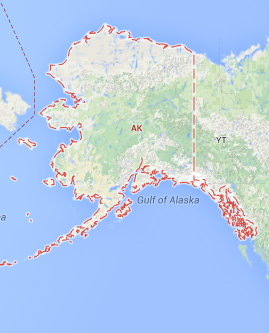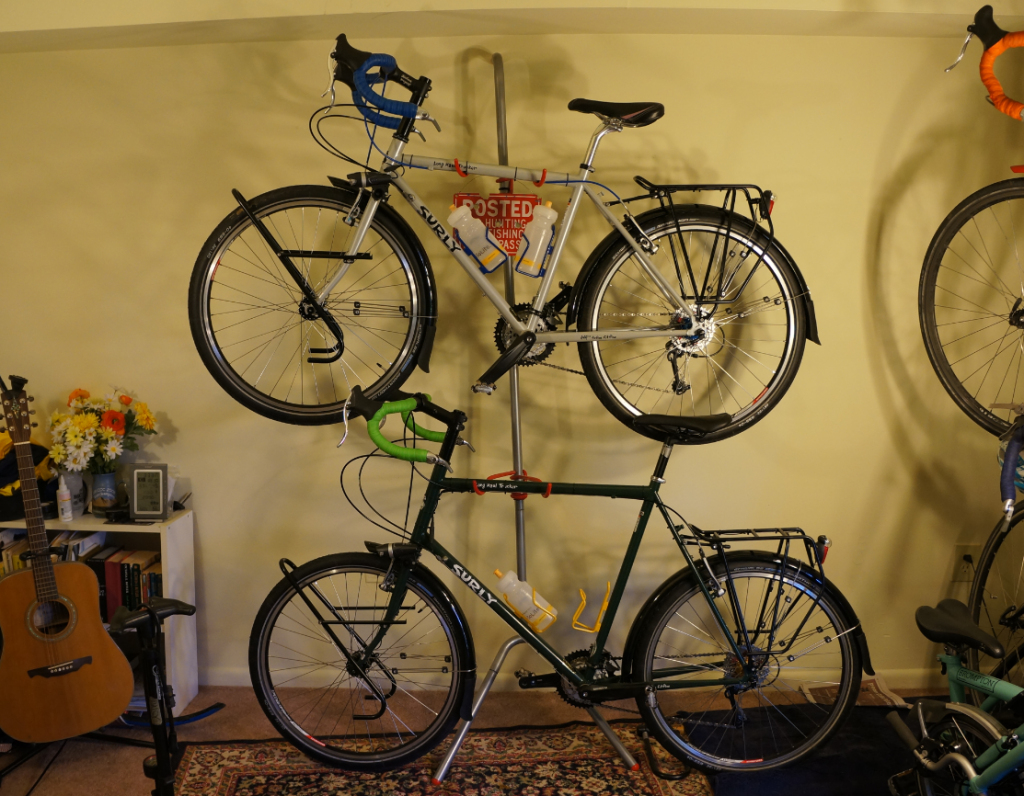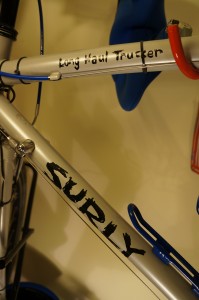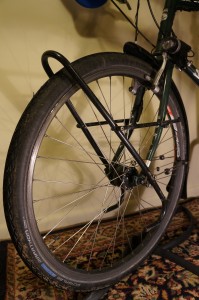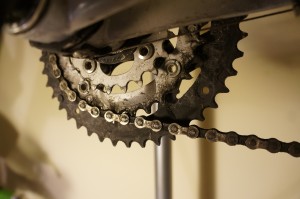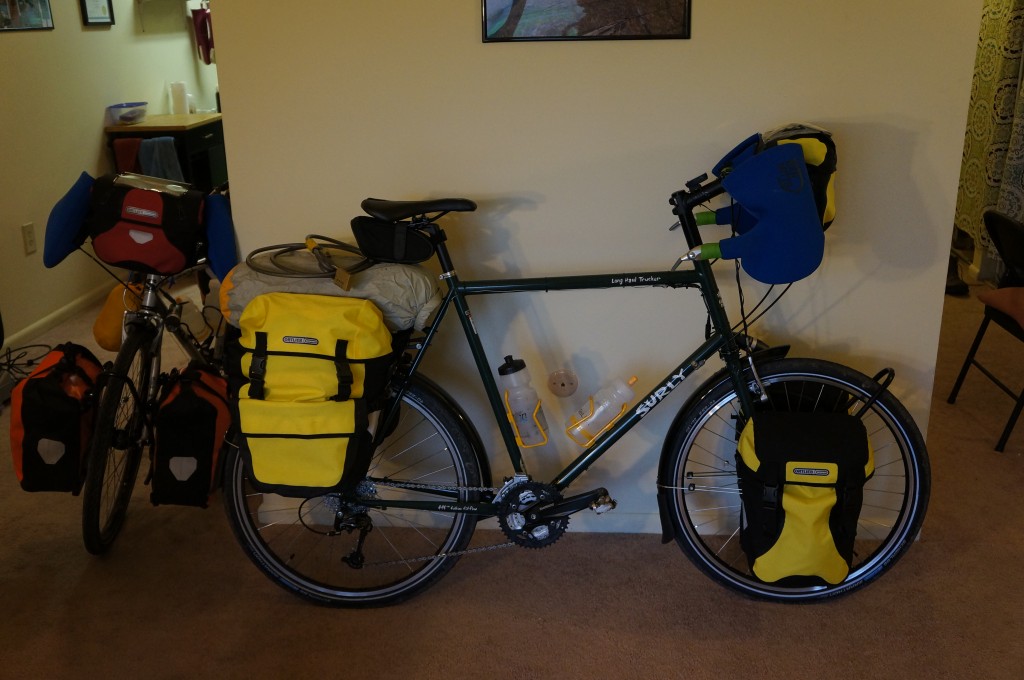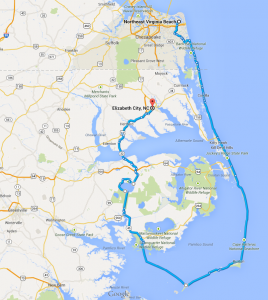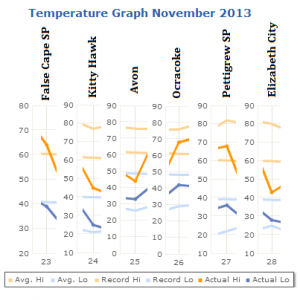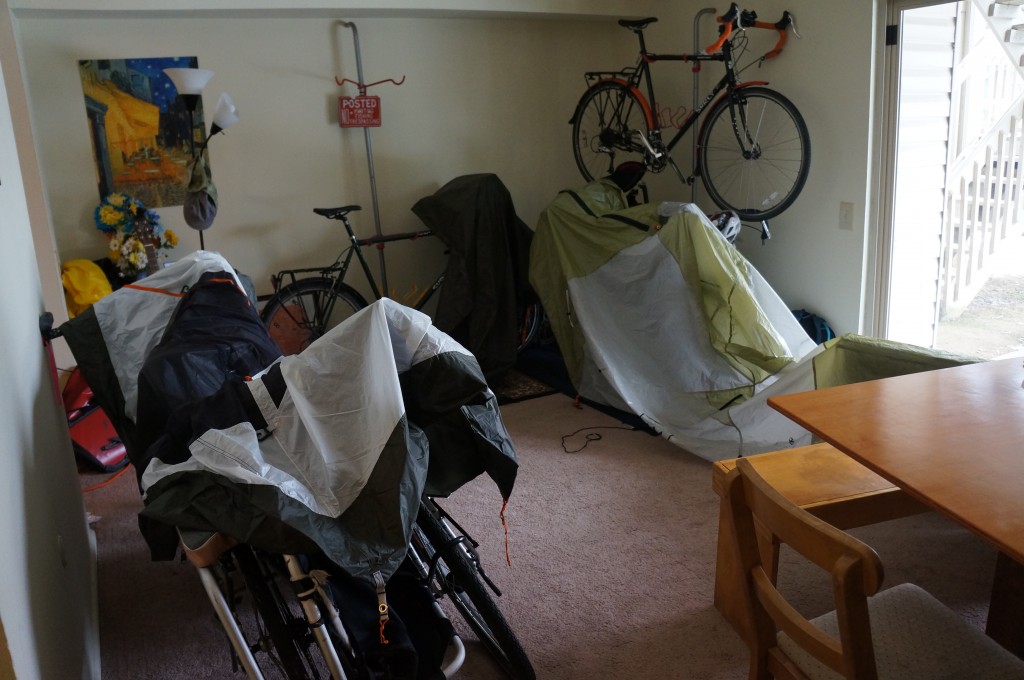This is the first in a series of posts about locations and attractions along our route that we plan to visit.
Alaska is the US state with the most wilderness. And, it doesn’t take long to feel the effect once you are there. Simply travel 1/2 hour out of any town and you will be left in the middle of a great expanse of land, with few signs to show man’s marks.
To help us plan the trip, we have been using “The Milepost” guidebook. It claims to be “the bible of North Country travel” and they are right if by that they mean it is a comprehensive and indispensable book! It gives mileage, attractions, and most importantly for cyclists, whether each town has a grocery store. : )
Around 10 years ago I traveled to and through Alaska via motorhome with my grandfather, father, and sister. Traveling by bicycle will be an entirely different experience. Here are a few highlights I’m particularly looking forward to…
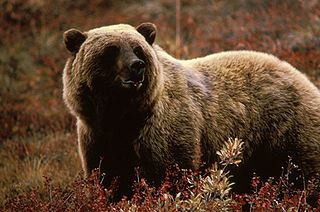
I fully expect to see one of these bears – but hopefully from a safe distance! (Image: Wikimedia Commons)
Denali National Park – This is the third largest national park in the US. The park road meanders 92 miles into this massive preserve. Daisy and I are planning to spend 4 days in the park — two days riding in towards Wonder Lake and two days back out. There are a few nice hills to ride. Of interest is that the road turns to gravel past mile 13, and is open to buses only. However, since the buses don’t start running until May 20, any cyclists (that’s us!) will have the road to themselves — well, except for the bears, wolves, sheep, moose, and other wildlife! I expect we are guaranteed to see the wildlife, and at times up very close and personal. But don’t worry, we’ll have bear spray!
Fairbanks – This town marks the furthest point north we plan to travel on our trip. At almost 65°N, it is pretty far up there. We will arrive in late May, so will experience almost continuous daylight (plus a little twilight – no, not Twilight). We don’t plan to trek up to the arctic circle, as some cyclists do. Fairbanks is one of the few major towns in Alaska, and it will be a good place to stock up on supplies. Who knows, we may even stop by the university so Daisy can give a statistics talk!
Top of the World Highway – This is the name given to the road that extends east from Chicken, Alaska to Dawson City, Yukon. The road is almost entirely unpaved and contains few, if any, amenities. In essence, this indicates it will cut through the wilderness. Although we will spend some time on the Alaska Highway, this less-traveled route will provide a different experience.
Haines and Skagway – These two towns are in the small part of Alaska that is squished between the Pacific Ocean and British Columbia. Connected by ferry, they allow us to travel to the coast and back inland without retracing our path. But more importantly, traveling to/from the area will allow us breathtaking views as we pass through the coastal range mountains. While we are in Haines, we will take a rest day without biking. We hope to take a fast boat to Juneau and hike to a glacier.
